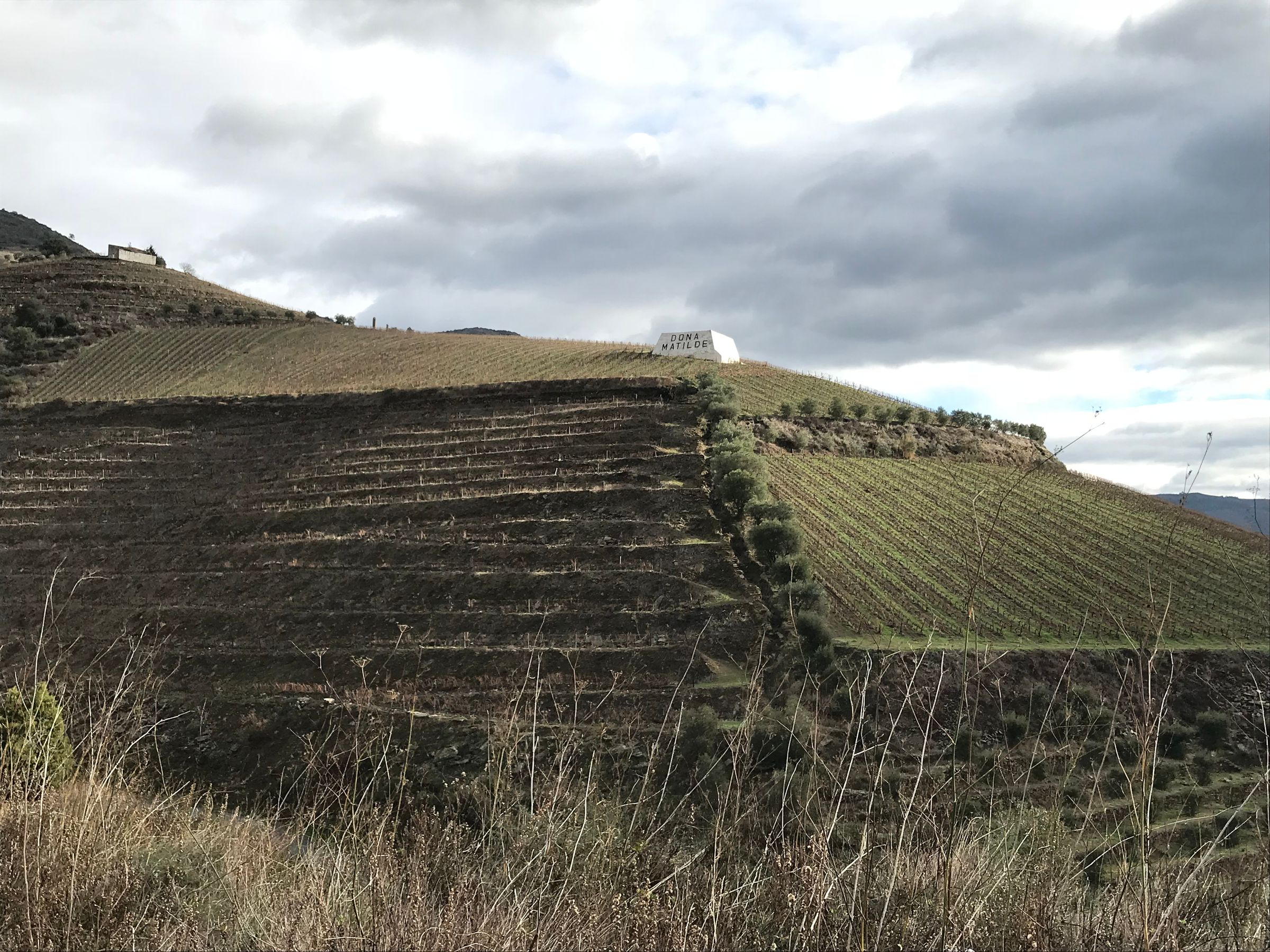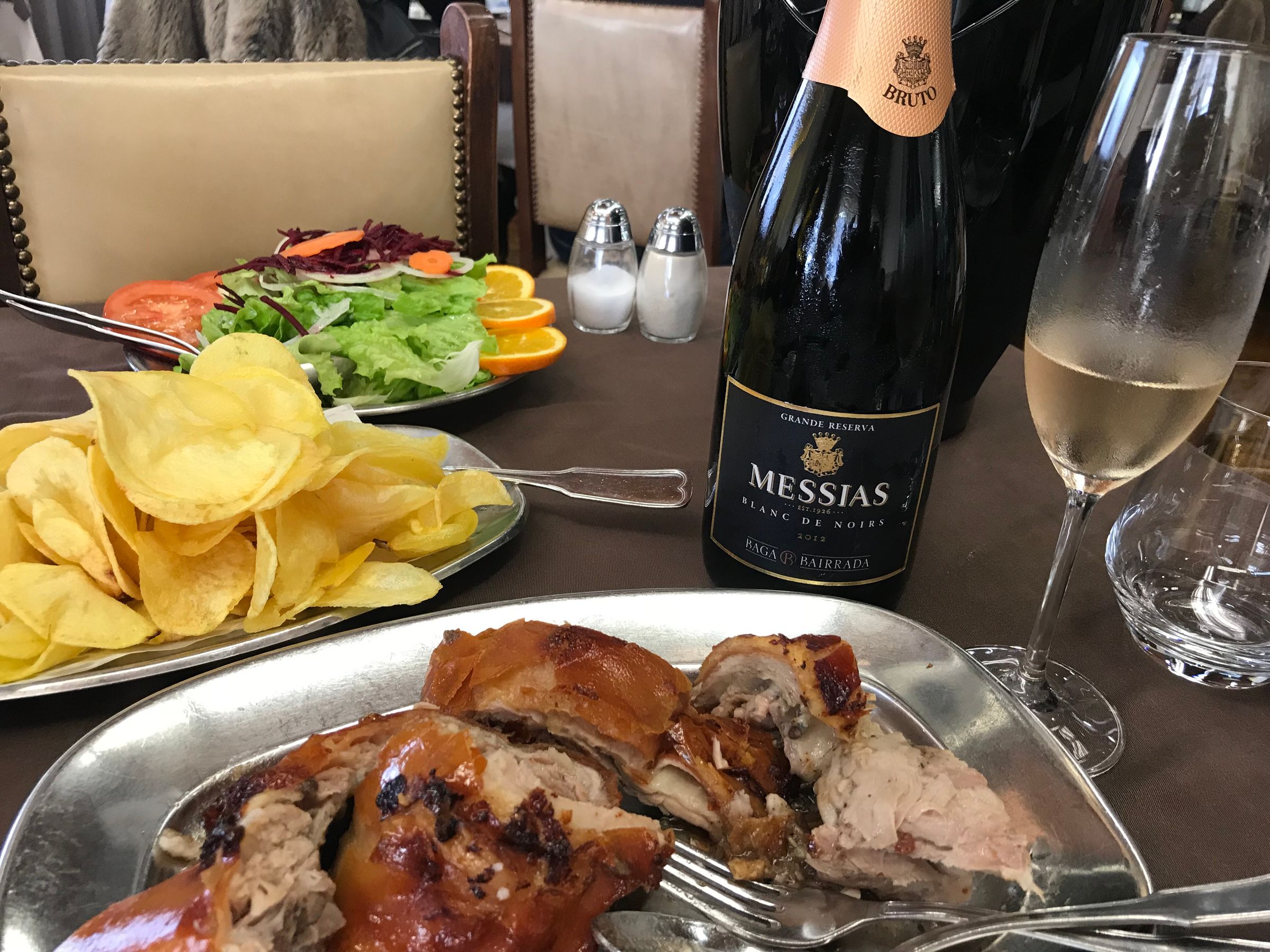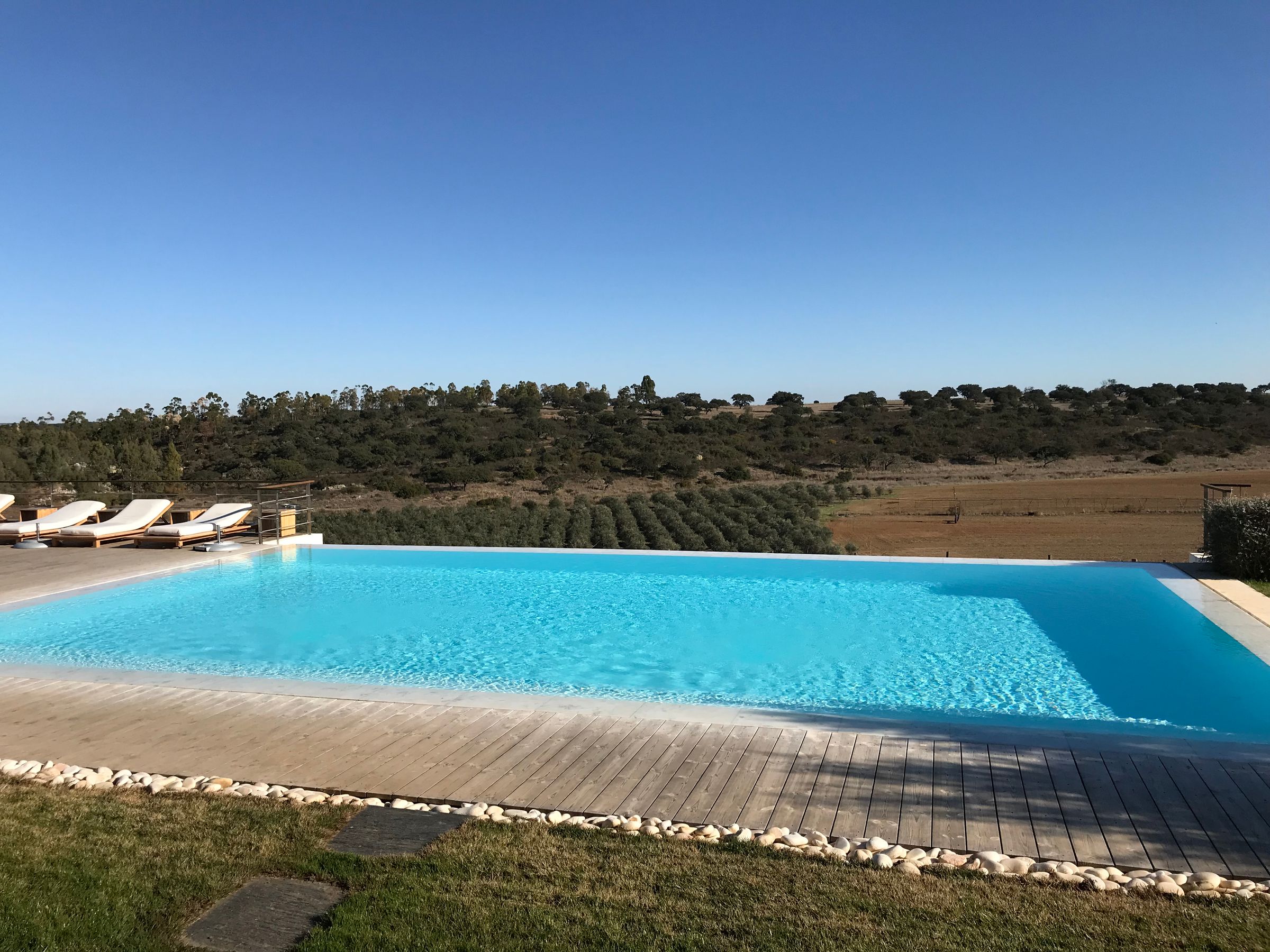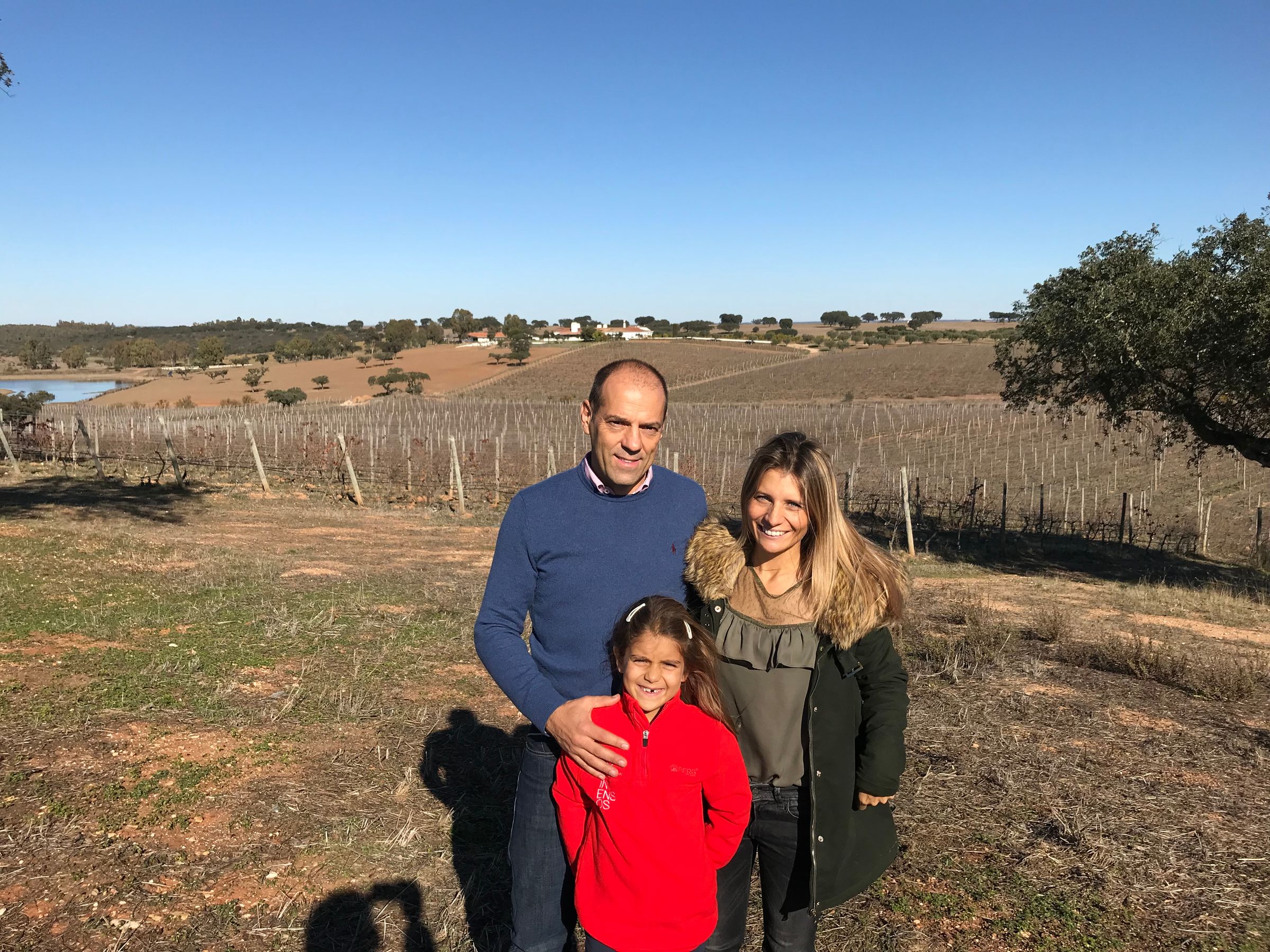Mark Rashap, CWE, gives us some tips for wine travel through Portugal.
January’s Educational Tasting at the Wine and Food Foundation of Texas was all about Portugal and, more specifically, the premium dry wines that are just starting to attract attention from wine writers and sommeliers. Attendees of the class had an amazing time learning about a country that has such a rich wine and food culture yet is relatively unknown to even the savviest of wine lovers in Texas. Just returning from a three-week trip through 5 of the most important wine regions in Portugal, I am still in after-shock as to how inexpensive it is to have a complete luxury experience, and how easy and pleasurable it is travel around the country. I thought it pertinent to get my recommendations pertaining to the wine side of travel that will hopefully give you a few ideas for your next trip.
First off, if you haven’t been to Portugal in the past 10 years or never at all, it is really worth your consideration, and definitely reserve 3-4 days for a hop to the island of Madeira (off the coast of Morocco). Many travelers wanting to get to know Portugal dedicate time for Lisbon, Porto, and perhaps the beaches of the Algarve in the far south. However, while these stops are rich in culture and natural beauty, the magic of Portugal’s vineyards lie a little off the beaten path. The three regions of the Alentejo, the Barraida, and the Upper Douro, are completely different in terms of landscape, wines produced, and overall experiences.
As far as wine goes, 60% of all Portuguese wine is grown in the Alentejo, a very large and hot region found in the southern 1/3 of the country, north of the Algarve, and spanning from south of Lisbon on the Atlantic Coast to the Spanish boarder. While most of this region is hot, dry, and composed of huge areas of mass produced vineyards, there are small, single-vineyard estates that are providing first rate retreats to the countryside. Malhadinha Nova is a magical example of this; there are about 1,000 acres of vineyards, oak trees that produce the food for the “pata negra” pigs, pastures for their Lusitanian horses they bread, gardens for their produce, bees for honey, an olive grove, a Michelin-quality restaurant, and a boutique hotel of eight rooms. Owners, Paolo and Margaret Soarez, have spared no expense in producing some of the region’s best wines, and providing other holiday attractions such as cooking classes, wellness retreats, horseback riding, and even dance classes.
I was completely impressed with the drive and uncompromising philosophy of showing off the purity and bounty of the estate. This is epitomized by the fact that their consulting chef, Joachim Koerper, has a Michelin star in every other one of his restaurants, but for Malhadinha, he won’t “fancy” up the food with foams, etc. distracting from the quality of the meat and produce grown on the property. Their wines are world class as well, focusing on the varietals from the area, for reds Alicante Bouchet, Touriga Nacional, and Syrah and for whites Antão Vaz, Arinto, and Viognier. I couldn’t think of a better several-day retreat drinking these wines, wading in the infinity pool overlooking the hills, and soaking in the beauty of the estate.




